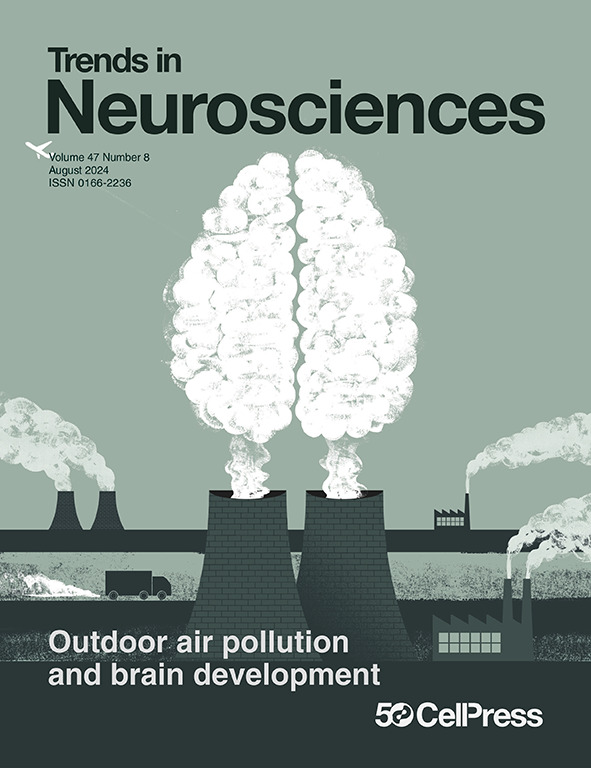Ambient air pollution exposure and early adolescent neurodevelopment
Project status: Ongoing…
Source-specific impacts of outdoor particulate matter exposure on brain and cognitive development
Abstract
Air pollution poses serious health risks to children, which can have lifespan consequences. Ambient air pollution comprises chemicals with documented neurotoxic effects and, thus, poses a risk to child neurodevelopment and mental health. Neuroimaging studies have uncovered links between air pollution and differences in white matter and subcortical microstructure in children, but the impact of air pollution on cortical microstructure remains largely unknown. While macrostructure measures of brain development (e.g., gray matter morphology changes) can provide a high-level perspective on air pollution’s effects on the brain, microstructure provides a better estimate of the neurobiology underlying these effects and function provides a better estimate of their cognitive, behavioral, and mental health implications.
Manuscripts
Exposure to criterion pollutants, brain development, and mental health
Abstract
In addition to PM2.5, the World Health Organization and United States Environmental Protection Agency have established criteria for "safe" or "healthy" levels of nitrous oxide (NO2) and ozone (O3). However, even at these "safe" levels of exposure, all three criterion pollutants have demonstrated effects on child and adolescent neurodevelopment. These include differences in childhood subcortical (i.e., brainstem, nucleus accumbens) gray matter microstructure, as well as differences in trajectories of white matter microstructure development during the transition to adolescence (i.e., from 9 to 13 years of age). However, these neurodevelopmental differences are not reflected by exposure-related differences in the emergence of behavioral problems during this age range. Futher study is needed to determine how and when exposure-related differences in brain development underlie previously reported consequences for adolescent mental health.
Manuscripts
Reviewing extant literature on neurodevelopmental impacts of outdoor air pollution exposure
Abstract
While human neuroimaging research on the neurodevelopmental consequences of outdoor air pollution exposure has increased substantially in recent years, much of what we know comes from in vivo and in vitro animal studies. Following inhalation, pollutants can impact the brain via two major routes: systemically, after entering the bloodstream via alveoli in the lungs, and directly, after traveling along the olfactory bulb. Exposure-related neurotoxicity can involve inflammatory microglial responses and reactive astrocytes, the breakdown of the blood-brain barrier, resulting metal dyshomeostasis, and neurodegradation. In humans, in vivo imaging studies have focused largely on cross-sectional studies of exposure-related differences in macrostructure, using data from a handful of cohorts from the United States and Europe. While this work has revealed some consistent exposure-related differences in subcortical macrostructure, much more work is needed to assess exposure timing, longitudinal consequences of exposure, and implications for brain function and behavior.
Manuscripts
